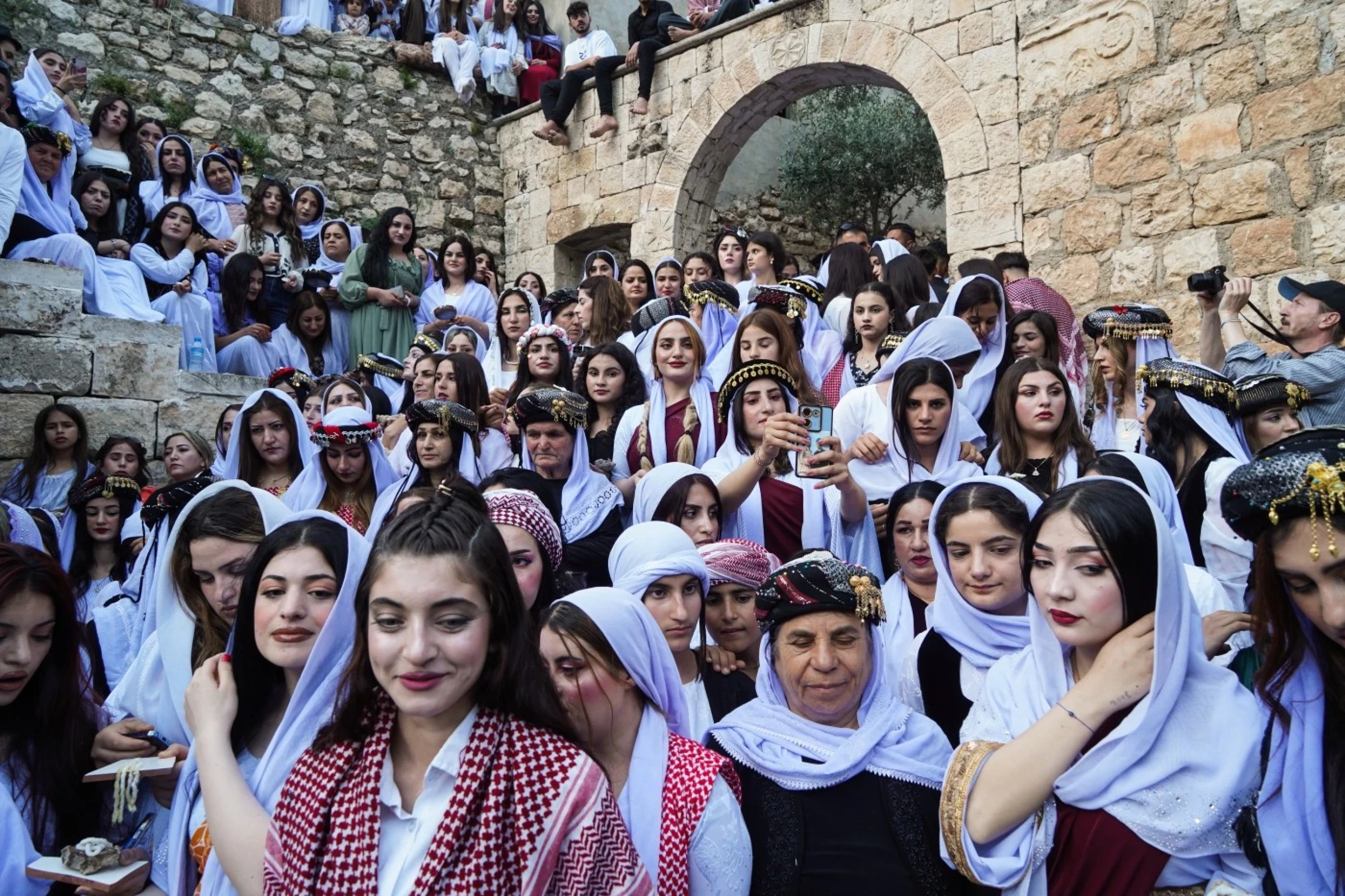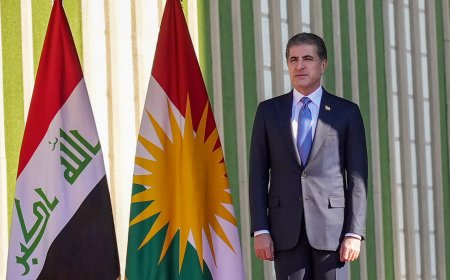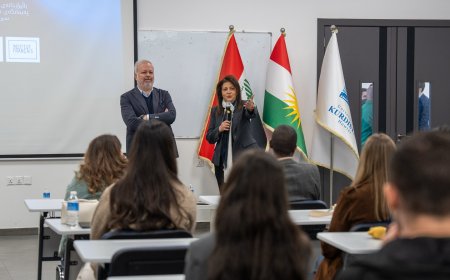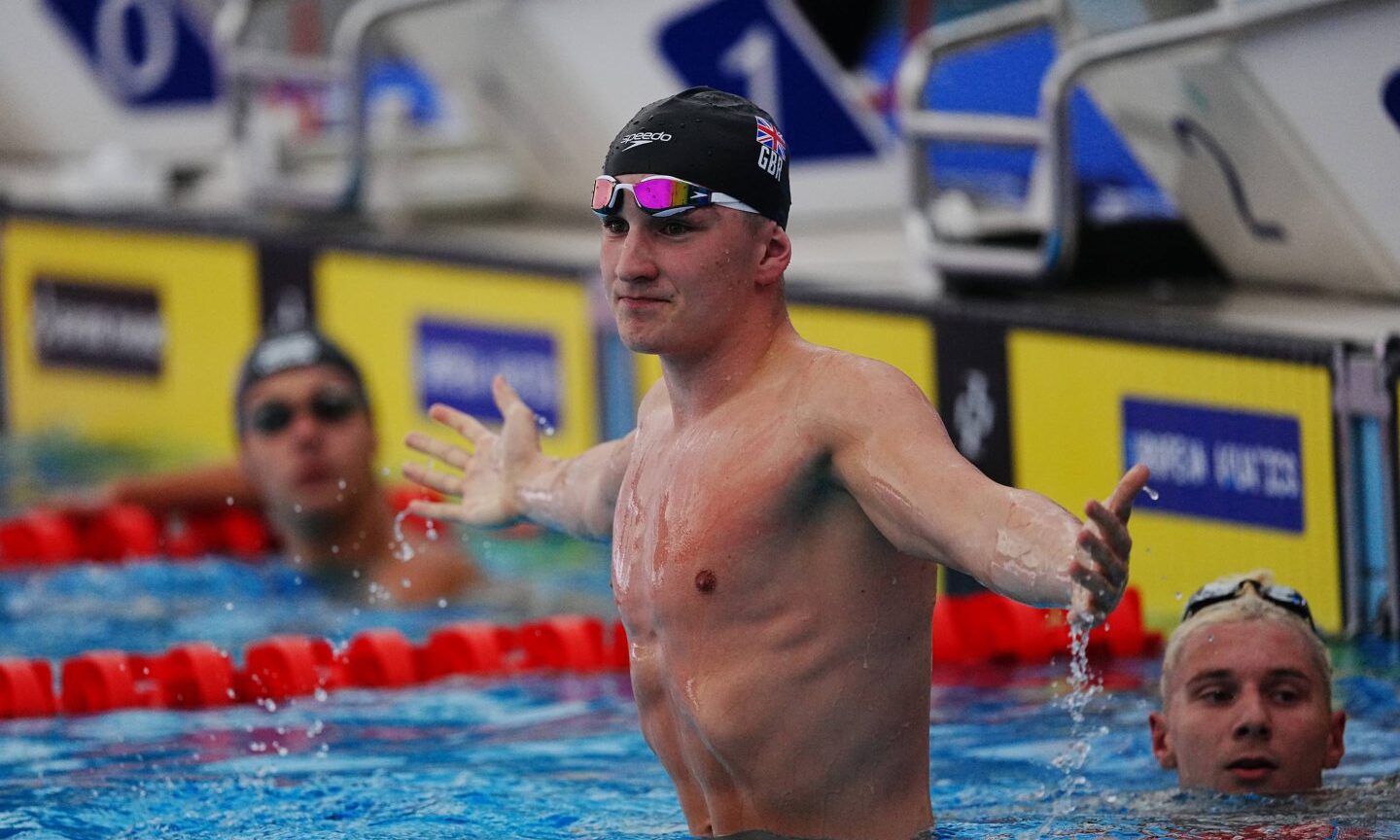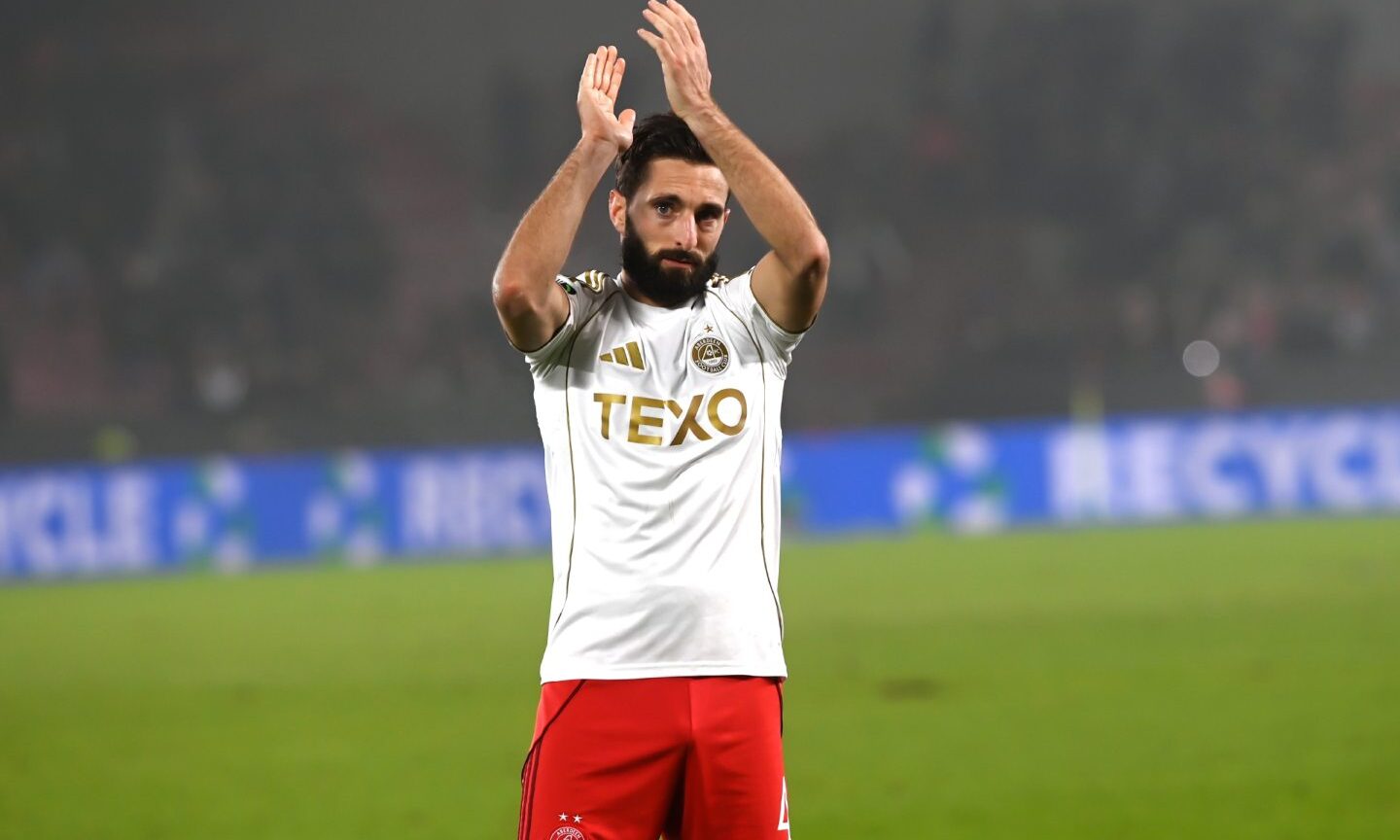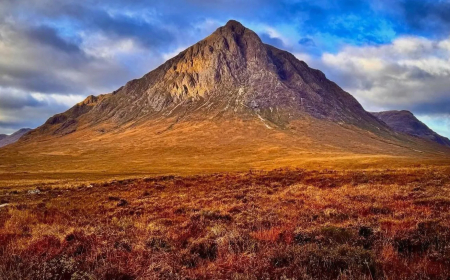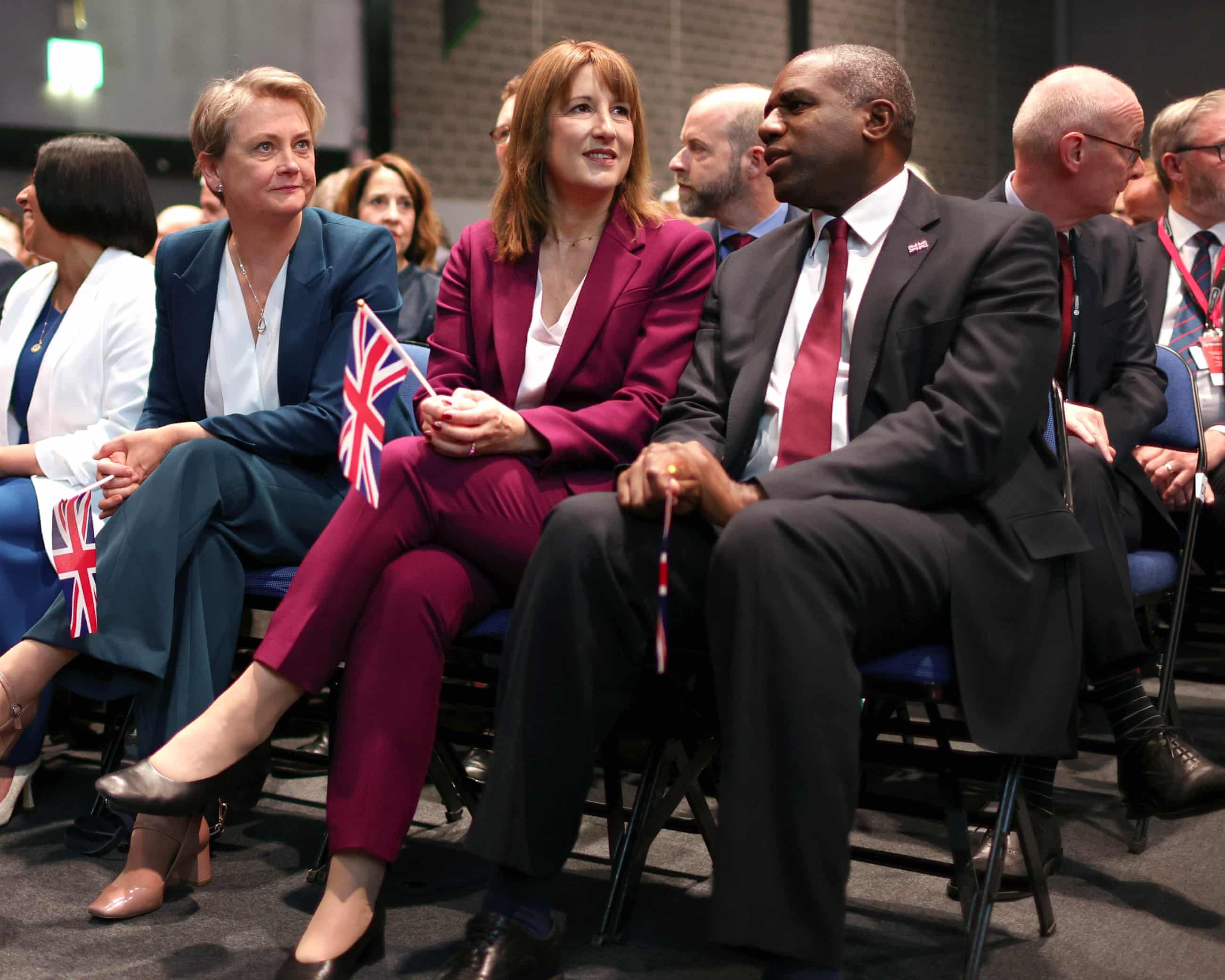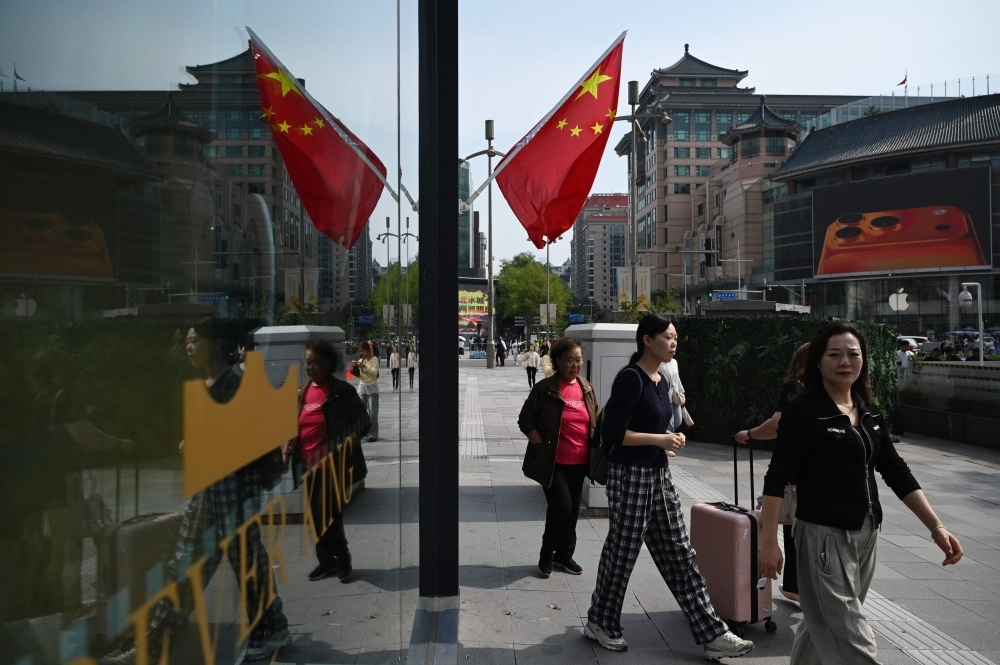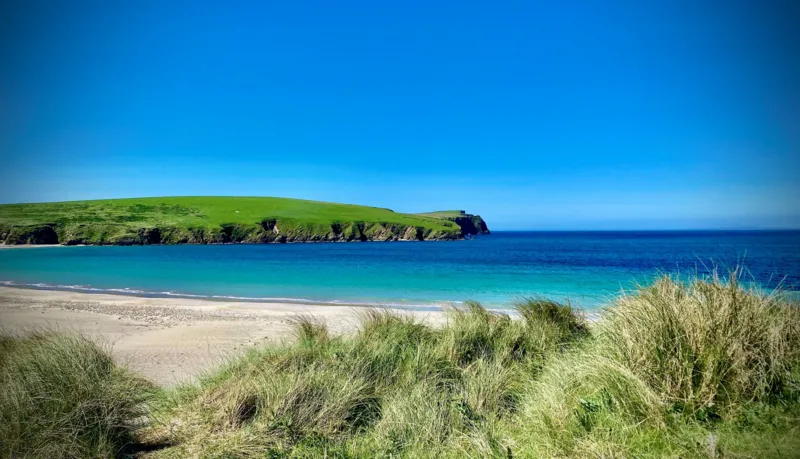From G20 to the AU — lessons and challenges from the international economic alphabet soup
There is a plethora of international economic bodies and coordinating mechanisms in our contemporary world — but getting them to work in harmony is a huge challenge.

The Group of 20 (G20) — whose summit will soon take place in Johannesburg — is just one element of an alphabet soup of acronyms and initialisms that identify important international economic bodies. Whether they overlap, compete or actively cooperate and complement one another is a question that should be examined.
The first step is to create an inventory of these bodies.
At a minimum, beyond the G20, these would include the Group of Seven (G7), the Organisation for Economic Cooperation and Development (OECD), the World Bank, the International Monetary Fund (IMF), the World Trade Organization (WTO), various regional development banks, the Shanghai Cooperation Organisation and China’s Belt and Road Initiative (BRI), the Asia-Pacific Economic Cooperation forum (Apec), as well as individual national development agencies and regional bodies.
In addition, there is the United Nations (UN) and its various specialised agencies, such as the Food and Agriculture Organization (FAO).
The nature of this wide-ranging collection poses a crucial question for international economic policy and development bodies. How can all these bodies, with their different goals, mechanisms, rules and regulations, work together effectively, especially given differences in policies and orientations embodied in their charters and founding documents?
The challenge is to bring the full weight of many bodies — and their resources, information and expertise — to operate in sync for the betterment of people and nations. This is a challenge that should always be part of the agenda of bodies like the G20.
Key goals for all of these groups should, at a minimum, include:
- Stronger cooperation and incentives in directing productive investment into poorer nations;
- More effective efforts to enhance a free trade agenda;
- Stronger controls over international predatory transfer pricing;
- More effective ways to make economic and financial information, research and analysis available to governments, NGOs and the private sector for better decision-making; and
- More vigorous planning and implementation of policies on climate change, environmental degradation, the digital divide and economic inequality.
When these groups do pull together, they can bring in most of the countries of the planet and their economies. The global climate accords (sadly, now ignored by the US) can point the way to a global unity of purpose.
However, finding points of real agreement is hard, given the differing agendas of the groups and nations. Freer, more open trade, propounded by many bodies, has foundered recently on a rise in protectionist policies.
We will examine these possibilities in a future scenesetter for the upcoming G20 Summit. For now, here’s our starter pack for understanding the different bodies.
The G7 and G20
The G7, founded in 1975 as the G6, is an intergovernmental political and economic forum. The six original members were France, Germany, Italy, Japan, the United Kingdom and the United States. It became the G7 in 1976 when Canada joined it. The European Union (EU) — as an institution — is a “non-enumerated member” of the G7.
In 1997, Russia joined the G7, which then became the G8, but it was disinvited in 2014 following its annexation of Crimea.
The G20 was an outgrowth of the G7 and economic and financial crises of the late 1980s and 1990s.

From left: European Union Council President Antonio Costa, then Japanese Prime Minister Shigeru Ishiba, Italian Prime Minister Giorgia Meloni, French President Emmanuel Macron, Canadian Prime Minister Mark Carney, US President Donald Trump, British Prime Minister Keir Starmer, German Chancellor Friedrich Merz and European Union Commission President Ursula von der Leyen in Kananaskis, Canada, during the G7 Leaders’ Summit on 16 June. (Photo: Chip Somodevilla / Getty Images)
Post-World War 2 system
Near the end of World War 2, the Allied nations resolved to create a more robust international financial system as one way of avoiding future wars, guided by experts such as the British economist John Maynard Keynes.
Delegates from 44 nations held a conference in July 1944 in Bretton Woods, New Hampshire, and established a new international monetary system.
Their reforms created broadly acceptable international trading rules, prevented individual national financial crises from becoming global ones, and provided mechanisms for financing the revival of growth and reconstruction in a world torn apart by conflict.
The conference also led to the creation of the International Bank for Reconstruction and Development (now the World Bank), the IMF, and the General Agreement on Tariffs and Trade (now the WTO).
The OECD, an intergovernmental organisation with 38 member countries (and working with dozens more), was founded in 1961 to stimulate economic progress and world trade among its members, as well as those being assisted.
Then there is the EU. Its origins go back to the formation in 1952 of the European Coal and Steel Community (ECSC), which coordinated key industrial policies. International cooperation was a hallmark of the US Marshall Plan, which provided aid to post-war Europe.
The ECSC eventually grew in members and functions, becoming the European Economic Community, and then the European Union in the Maastricht Treaty of 1993. It eventually brought together 28 European nations, although Great Britain left the body via Brexit. The European Commission (EC) is the executive branch of the EU.

A European Union (EU) flag flies outside the Berlaymont building in Brussels, Belgium, the headquarters of the European Commission. (Photo: Olivier Matthys/Bloomberg)
In Asia, Asean, the Association of Southeast Asian Nations, was formed in 1967 as a regional grouping of six Southeast Asian nations (now comprising 12 nations with the accession of East Timor last month) to promote economic, political and security cooperation among its members.
There is also Apec, the Asia-Pacific Economic Cooperation forum. Twelve nations in the region came together in Canberra, Australia, in 1989 to establish this forum. Apec’s membership now comprises 21 “member economies”. (The term is used because of the need to include non-sovereign entities like Hong Kong and Taiwan alongside the People’s Republic of China.) Since 1993, it has met annually. Apec leaders’ meetings feature imaginative takes on the national textiles of the host nations for the meeting-ending class photo.

Leaders wave during the official family photo of the Asia Pacific Economic Cooperation (Apec) leaders’ summit in Lima, Peru, on 16 November 2024. (Photo: Paolo Aguilar / EPA/)
In Africa, the African Union (AU), officially founded in 2002 and headquartered in Addis Ababa, Ethiopia, includes all of the continent’s nations and replaced the Organisation of African Unity.
The AU’s goals include economic, political and social objectives. A recent development is the proclamation of the African Continental Free Trade Area (AfCFTA), an ambitious agreement to bring together all the members of the AU into an integrated tariff-free market to improve trade within the continent and to give Africa greater heft in trade negotiations with nations beyond the group.

African Union flags. (Photo: © African Union / Flickr)
Meanwhile, while it has no central coordinating mechanisms, the BRICS formulation is attempting to promote economic solidarity among its members on behalf of the Global South, taking up from where the Non-Aligned Movement had earlier staked its claim. It held its first summit in 2009 and also drew inspiration from the 2001 writing of a Goldman Sachs banker, Jim O’Neill.
But wait, there’s more
In addition to these bodies and associations, there are regional development banks that make loans across national borders. These include the Asian Development Bank (ADB), the African Development Bank (AfDB), the Inter-American Development Bank (IDB), and the European Central Bank (ECB). The latter serves as a transnational reserve bank for the EU.
The UN also has economic and development bodies, centred on the UN Economic and Social Council (Ecosoc). Ecosoc was established in 1945. It is one of the six principal organs of the UN and is responsible for coordinating the economic and social bodies that are part of the UN family. Ecosoc rides herd over 15 specialised agencies, eight functional commissions and five regional commissions.
Beyond all these bodies, there are the development aid and investment organisations of individual governments. These include China’s Belt and Road Initiative (BRI) and its Shanghai Cooperation Organisation (SCO), UK aid, what remains of the United States Agency for International Development (USAID) and the Tokyo International Conference on African Development (Ticad), among others.

A protester outside USAID in Washington, DC, on 3 February. (Photo: Will Oliver / EPA-EFE)
Comment
As a personal aside, many years ago, when we lived and worked in Swaziland (now renamed Eswatini), in contrast to the difficulties of operating in apartheid-era South Africa or in the chaos of civil war in Mozambique, the tiny kingdom became a safe space for more than a dozen different development agencies — national, international, and NGO/private sector.
It seemed like nearly every settlement in that country had its very own development specialist — ranging from Peace Corps volunteer teachers to highly trained agronomy specialists. At times, coordination among all these individuals and institutions was problematic.
[Source: J Brooks Spector - Daily Maverick]


/file/dailymaverick/wp-content/uploads/2025/07/10696528.jpg)









/file/attachments/orphans/iStock-1170519312_556214.jpg)


